#Provisional IRA
Text
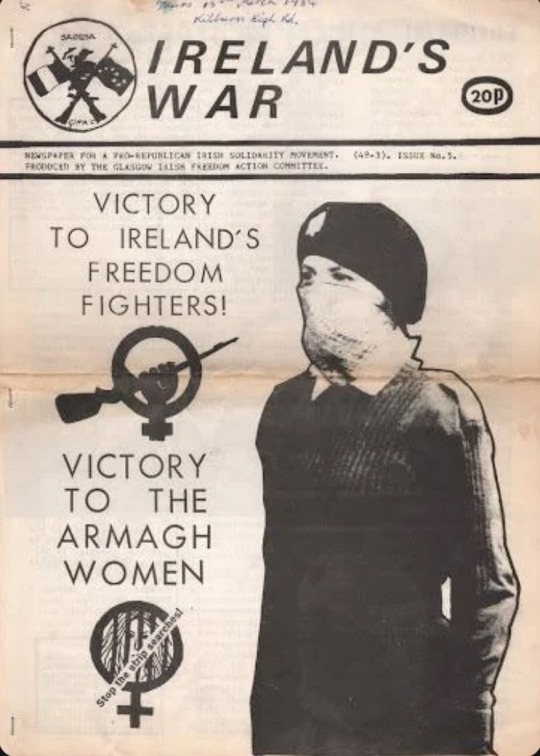


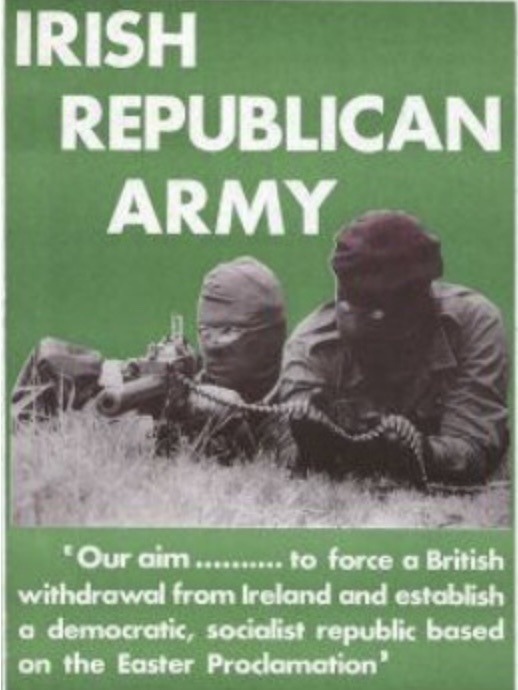


IRA posters
#ira#irish Republican army#pira#provisional ira#ireland#irish#northern ireland#irish history#northern irish history#irish catholic#propaganda#own post
417 notes
·
View notes
Text
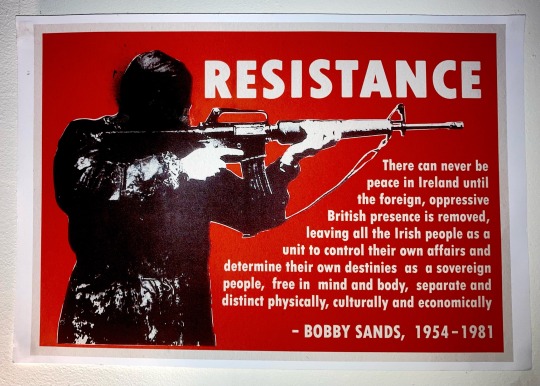
#mine#outlaws and partisans#Irish Republican Army#provisional irish republican army#provisional IRA#PIRA#IRA#guerilla#national liberation#Bobby Sands#H Block#anti imperialism
259 notes
·
View notes
Text
" Sto qui, sulla soglia di un altro mondo palpitante. Possa Dio avere pietà della mia anima.
Sono pieno di tristezza perché so di aver spezzato il cuore della mia povera madre e perché la mia famiglia è stata colpita da un’angoscia insopportabile. Ma ho considerato tutte le possibilità e ho cercato con tutti i mezzi di evitare ciò che è divenuto inevitabile: io e i miei compagni vi siamo stati costretti da quattro anni e mezzo di vera e propria barbarie.
Sono un prigioniero politico. Sono un prigioniero politico perché sono l’effetto di una guerra perenne che il popolo irlandese oppresso combatte contro un regime straniero, schiacciante, non voluto, che rifiuta di andarsene dalla nostra terra.
Io difendo il diritto divino della nazione irlandese all’indipendenza sovrana, e credo in essa, così come credo nel diritto di ogni uomo e donna irlandese a difendere questo diritto con la rivoluzione armata. Questa è la ragione per cui sono carcerato, denudato, torturato. "
Bobby Sands, Un giorno della mia vita, introduzione di Sean MacBride, Premio Nobel per la Pace, e di Gerry Adams, Presidente dello Sinn Féin; traduzione e cura di Silvia Calamati, Edizioni Associate, Roma, 1989¹; p. 115.
[Edizione originale: One Day in My Life, The Mercier Press, Cork, Ireland, 1982]
#Bobby Sands#Un giorno della mia vita#Sean MacBride#Gerry Adams#Sinn Féin#Irlanda del Nord#Eire#Ulster#Robert Gerard Sands#Provisional Irish Republican Army#IRA#sciopero della fame#Belfast#Regno Unito#XX secolo#Storia del '900#irredentismo#Europa#tortura#carcere#nazionalismo irlandese#socialismo#libertà#indipendenza#prigionieri politici#Margaret Thatcher#martirio#resistenza#Fianna Fàil#Silvia Calamati
7 notes
·
View notes
Text
#OTD in 1988 – The Gibraltar Three | Three unarmed IRA members, Mairéad Farrell, Danny McCann and Sean Savage were shot dead by undercover members of the Special Air Service (SAS) in Gibraltar.
Three members of the Provisional Irish Republican Army (IRA) were executed by the British Special Air Service (SAS) in Gibraltar, referred to as Operation Flavius. The three—Seán Savage, Daniel McCann, and Mairéad Farrell were believed to be mounting a bombing attack on British military personnel in Gibraltar.
What is undeniable is that just before 4:00pm that afternoon – just two or three…
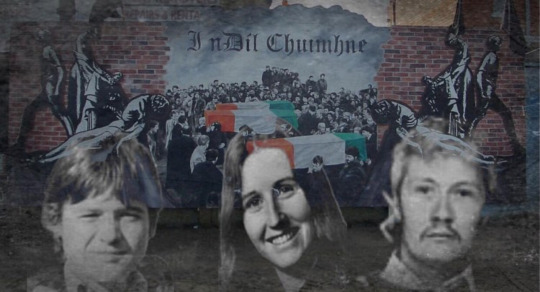
View On WordPress
#British Justice#British soldiers#Daniel McCann#Death on the Rock#England#IRA#Ireland#Mairéad Farrell#Northern Ireland#Provisional Irish Republican Army#Rock of Gibraltar#SAS#Sean Savage#Spanish border#The Gibraltar Three
6 notes
·
View notes
Text
0 notes
Text
I love learning about various paramilitary associations. Bitches will be called the we’ll name it later IRA, the not fake IRA, and then they’ll have like a solid handful of groups with actual names and then you wrap back around to the very super professional IRA. (To be clear, not heating up on Ireland here— EVERYONE is like this.)
#I cannot believe that the reason it’s the provisional ira because they were like ‘we’ll figure it out later’ but it’s tucked#but it stuck*
0 notes
Text
For a group with an alarming tendency to kill people by accident, the IRA had an elaborate internal mechanism for determining whether to kill people on purpose.
Say Nothing - Patrick Radden Keefe
#say nothing#patrick radden keefe#quotes#nonfiction#20th century#21st century#ireland#northern ireland#belfast#the troubles#1970s#IRA provisional#provos#killing#violence#execution#paramilitary
1 note
·
View note
Text
MI5 plot to convict Omagh bomb suspect Liam Campbell have failed miserably to stitch-him-up with hyped up charges and MI5 agent's, when all charges against him were dramatically dropped in Lithuania
MI5 plot to convict Omagh bomb suspect Liam Campbell have failed miserably to stitch-him-up with hyped up charges and MI5 agent’s, when all charges against him were dramatically dropped in Lithuania
Liam Campbell
The move comes just months after he was extradited from IrelandOMAGH bomb suspect Liam Campbell is back in Ireland after Lithuanian authorities dropped terror charges against himOctober 18th, 2022. The move comes just months after he was extradited from Ireland following more than a decade of legal challenges.The notorious dissident, who was extradited in May to face charges…
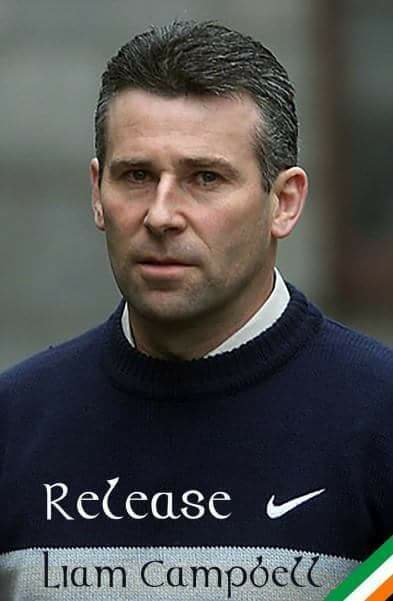
View On WordPress
#extradition to Lithuania#his actions were provoked by MI5#left the Provisional IRA in 1997#Liam Campbell#MI5#MI5 agent Robert Jardine#Michael Campbell#Omagh bomb suspect#Real IRA (RIRA)
0 notes
Text

IRA checkpoint during the 70s
#Northern ireland#ira#pira#north of ireland#irish republican army#the troubles#the provisional irish army#ireland#irish history#northern irish history#the ira#ira checkpoint#70s#own post
206 notes
·
View notes
Text
This st. Patrick's Day let's remember the Mk 10 mortar, famously used in the 10 downing street bombing. The Mk 10 morter was an improvised mortar which fired up to 22kg of explosives mostly used against british checkpoints and police stations.
In 1991, a ford transit van with a hole cut in the roof was parked outside the british prime minister's residence with three Mk 10s inside set to go off during a cabinet meeting. The plot would have worked if not for a tree which prematurely detonated the shell which would have struck the meeting room and killed the entire cabinet including rhe prime minister.
The provisional IRA said of the attack: "let the british government understand that so long as nationalist people in the six counties are forced to live under british rule, the british cabinet will be forced to live in bunkers."
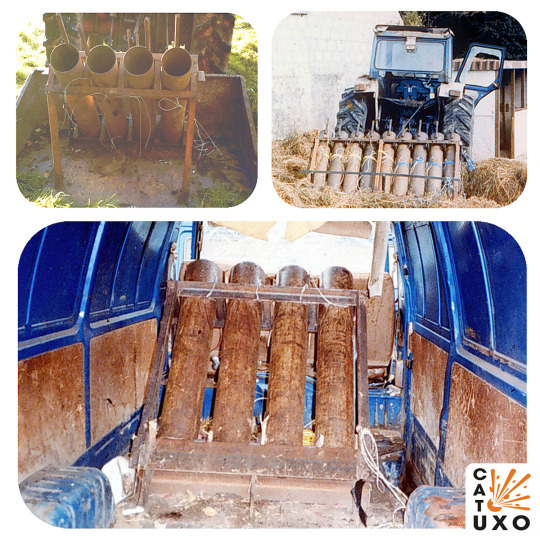
76 notes
·
View notes
Text
Unionist Press: Sinn Fein, are you the political frontgroup for the IRA?
Sinn Fein: uhm... *cheeks full of provisional IRA*..........no............
*25 years pass and Sinn Fein becomes the biggest political party in ireland*
Moral of the story: lying works and its morally permissable to lie to the anglos
738 notes
·
View notes
Text
Os Melhores de 2023 - 25 Filmes
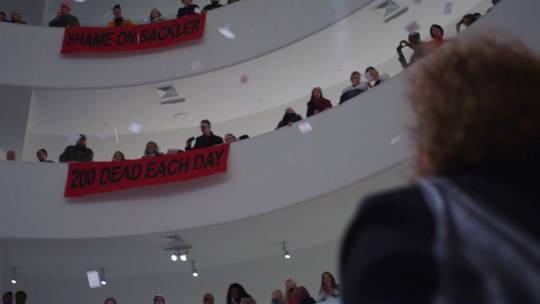
1. All the Beauty and the Bloodshed Laura Poitras
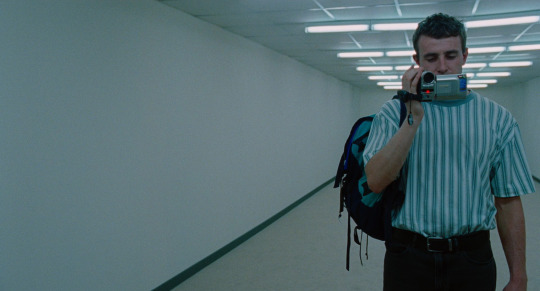
2. Aftersun Charlotte Wells

3. Perfect Days Wim Wenders
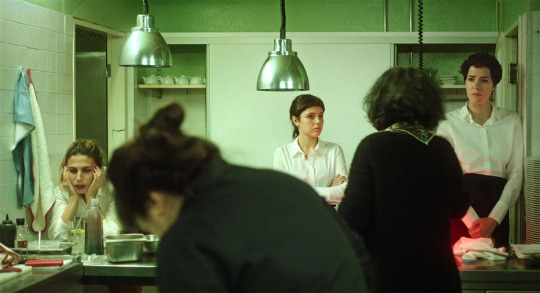
4. Mal Viver & Viver Mal João Canijo
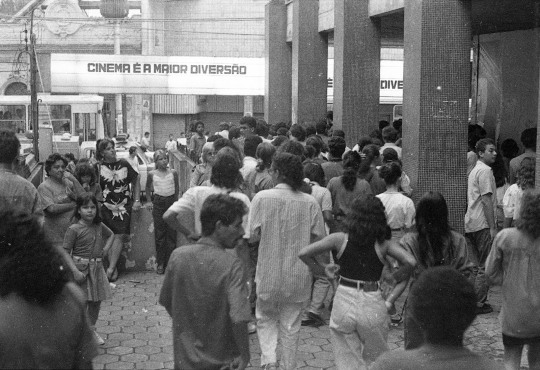
5. Retratos Fantasmas Kléber Mendonça Filho

6. Roter Himmel Christian Petzold

7. Cerrar los Ojos Víctor Erice
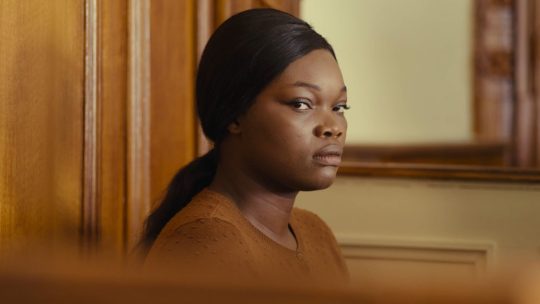
8. Saint Omer Alice Diop
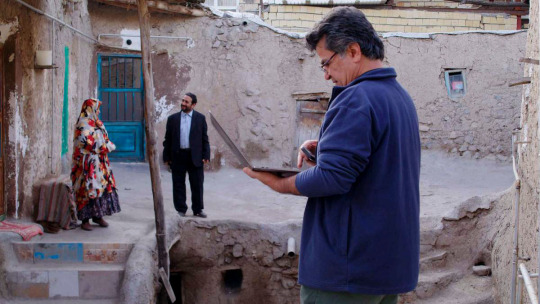
9. No Bears Jafar Panahi

10. Tár Todd Field

11. May December Todd Haynes

12. Killers of the Flower Moon Martin Scorsese
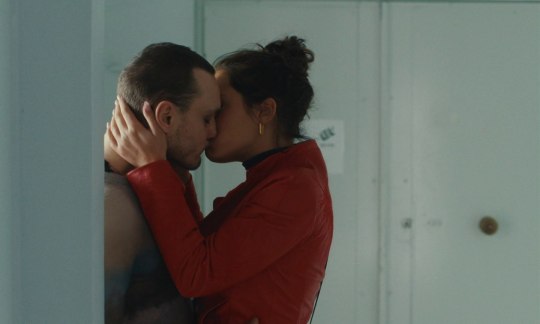
13. Passages Ira Sachs

14. How to Blow Up a Pipeline Daniel Goldhaber

15. EO Jerzy Skolimowski

16. Retour à Seoul Davy Chou
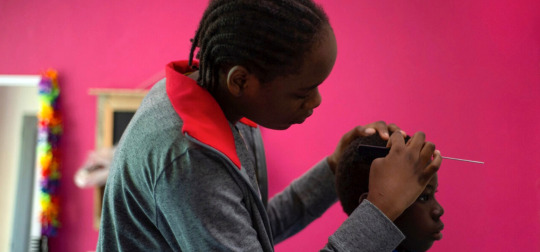
17. Tori et Lokita Jean-Pierre & Luc Dardenne

18. Showing Up Kelly Reichardt
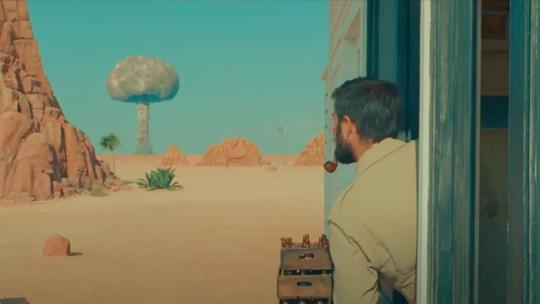
19. Asteroid City Wes Anderson

20. Não Sou Nada Edgar Pêra

21. Under the Fig Trees Erige Sehiri

22. Syk Pike Kristoffer Borgli

23. Oppenheimer Christopher Nolan

24. Great Yarmouth - Provisional Figures Marco Martins

25. The Killer David Fincher
#O Melhor de 2023#Best of 2023#O Melhor#Best of#2023#Cinema#Movies#Film#All the Beauty and the Bloodshed#Aftersun#Perfect Days#Viver Mal#Mal Viver#Retratos Fantasmas#Afire#Cerrar los Ojos#Saint Omer#No Bears#Tár#May December#Killers of the Flower Moon#Passages#How to Blow Up a Pipeline#EO#Retour à Seoul#Tori et Lokita#Showing Up#Asteroid City#Não Sou Nada#Under the Fig Trees
54 notes
·
View notes
Text
#OTD in 1977 – A group of Republicans tunneled into the concrete under the cover of darkness and retrieved Frank Stagg’s body to be re-buried with respect to his final wish, beside his fellow hunger striker and friend, Michael Gaughan.
There is a grave in Leigue Cemetery, Ballina, Co Mayo which has a concrete surface, placed there by the Gardaí in 1976, to prevent Frank Stagg’s body from being stolen. Forty-two years ago, the body was removed from the grave, during the night, without disturbing the concrete, and buried elsewhere in the cemetery.
When Stagg died, there was a row over his funeral between the Irish government and…

View On WordPress
#Ballinrobe#Co. Mayo#England#Fine Gael#Frank Stagg#Hollymount#IRA#Joe Cahill#Michael Gaughan#Proinsias Stagg#Provisional Irish Republican Army#Sinn Fein#Taoiseach Liam Cosgrave#Tomás Mac Suibhne’s
5 notes
·
View notes
Photo

Stances of IRA divisions on the Anglo-Irish treaty, which ended the Irish War of Independence.
by oglach:
For background, what made the treaty so controversial was the fact that it gave Ireland partial independence as a dominion (akin to Canada at the time), where politicians still had to swear loyalty to the crown. As well as effectively guaranteeing the partition of the island, and the creation of Northern Ireland.
Many within the IRA rejected these compromises and wanted to keep fighting for complete freedom, causing a civil war between pro-treaty and anti-factions. This was eventually won by the pro-treaty side with British support, with the pro-treaty IRA going on to become the new Irish military.
The anti-treaty faction was driven underground, but continued to wage a low-level insurgency against both Britain and the new Irish government until the 60s, when they split again into communist and nationalist factions. The latter of which became known as the Provisional IRA, and obviously experienced a huge "revival" during the Troubles.
90 notes
·
View notes
Text
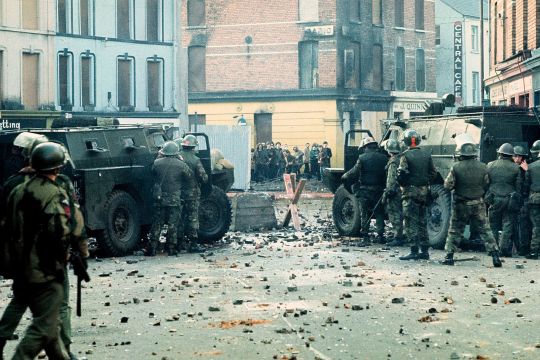
30 January 1972: Bogside Massacre, or the Bloody Sunday
Bogside Massacre, or the Bloody Sunday, was a massacre on 30 January 1972 in the Bogside area of Derry, Northern Ireland, when British soldiers shot 26 civilians during a protest march against internment without trial. Fourteen people died: 13 were killed outright, while the death of another man four months later was attributed to his injuries. Many of the victims were shot while fleeing from the soldiers, and some were shot while trying to help the wounded. Other protesters were injured by shrapnel, rubber bullets, or batons, and two were run down by army vehicles. All of those shot were Catholics. The march had been organised by the Northern Ireland Civil Rights Association (NICRA). The soldiers were from the 1st Battalion, Parachute Regiment (“1 Para”), the same regiment implicated in the Ballymurphy massacre several months prior.
Two investigations were held by the British government. The Widgery Tribunal, held in the immediate aftermath, largely cleared the soldiers and British authorities of blame. It described the soldiers’ shooting as “bordering on the reckless”, but accepted their claims that they shot at gunmen and bomb-throwers. The report was widely criticised as a “whitewash”. The Saville Inquiry, chaired by Lord Saville of Newdigate, was established in 1998 to reinvestigate the incident. Following a 12-year investigation, Saville’s report was made public in 2010 and concluded that the killings were both “unjustified” and “unjustifiable”. It found that all of those shot were unarmed, that none were posing a serious threat, that no bombs were thrown and that soldiers “knowingly put forward false accounts” to justify their firing. The soldiers denied shooting the named victims but also denied shooting anyone by mistake. On publication of the report, the British prime minister David Cameron made a formal apology on behalf of the United Kingdom. Following this, police began a murder investigation into the killings.
Bloody Sunday came to be regarded as one of the most significant events of the Troubles, because many civilians were killed by forces of the state, in full view of the public and the press. It was the highest number of people killed in a single shooting incident during the conflict and is considered the worst mass shooting in Northern Irish history. Bloody Sunday fuelled Catholic and Irish nationalist hostility towards the British Army and worsened the conflict. Support for the Provisional Irish Republican Army (IRA) rose, and there was a surge of recruitment into the organisation, especially locally.
In all, 26 people were shot by the paratroopers; 13 died on the day and another died of his injuries four months later. The dead were killed in four main areas: the rubble barricade across Rossville Street, the courtyard car park of Rossville Flats (on the north side of the flats), the courtyard car park of Glenfada Park, and the forecourt of Rossville Flats (on the south side of the flats).
All of the soldiers responsible insisted that they had shot at, and hit, gunmen or bomb-throwers. No soldier said he missed his target and hit someone else by mistake. The Saville Report concluded that all of those shot were unarmed and that none were posing a serious threat. It also concluded that none of the soldiers fired in response to attacks, or threatened attacks, by gunmen or bomb-throwers. No warnings were given before soldiers opened fire.
The casualties are listed in the order in which they were killed.
John ‘Jackie’ Duddy, age 17. Shot as he ran away from soldiers in the car park of Rossville Flats. The bullet struck him in the shoulder and entered his chest. Three witnesses said they saw a soldier take deliberate aim at the youth as he ran. He was the first fatality on Bloody Sunday. Both Saville and Widgery concluded that Duddy was unarmed.
Michael Kelly, age 17. Shot in the stomach while standing at the rubble barricade on Rossville Street. Both Saville and Widgery concluded that Kelly was unarmed. The Saville Inquiry concluded that 'Soldier F’ shot Kelly.
Hugh Gilmour, age 17. Shot as he ran away from soldiers near the rubble barricade. The bullet went through his left elbow and entered his chest. Widgery acknowledged that a photograph taken seconds after Gilmour was hit corroborated witness reports that he was unarmed. The Saville Inquiry concluded that 'Private U’ shot Gilmour.
William Nash, age 19. Shot in the chest at the rubble barricade. Three people were shot while apparently going to his aid, including his father Alexander Nash.
John Young, age 17. Shot in the face at the rubble barricade, apparently while crouching and going to the aid of William Nash.
Michael McDaid, age 20. Shot in the face at the rubble barricade, apparently while crouching and going to the aid of William Nash.
Kevin McElhinney, age 17. Shot from behind, near the rubble barricade, while attempting to crawl to safety.
James 'Jim’ Wray, age 22. Shot in the back while running away from soldiers in Glenfada Park courtyard. He was then shot again in the back as he lay mortally wounded on the ground. Witnesses, who were not called to the Widgery Tribunal, stated that Wray was calling out that he could not move his legs before he was shot the second time. 'Soldier F’ faces charges for his murder.
William McKinney, age 26. Shot in the back as he attempted to flee through Glenfada Park courtyard. 'Soldier F’ faces charges for his murder.
Gerard 'Gerry’ McKinney, age 35. Shot in the chest at Abbey Park. A soldier, identified as 'Private G’, ran through an alleyway from Glenfada Park and shot him from a few yards away. Witnesses said that when he saw the soldier, McKinney stopped and held up his arms, shouting “Don’t shoot! Don’t shoot!”, before being shot. The bullet apparently went through his body and struck Gerard Donaghy behind him.
Gerard 'Gerry’ Donaghy, age 17. Shot in the stomach at Abbey Park while standing behind Gerard McKinney. Both were apparently struck by the same bullet. Bystanders brought Donaghy to a nearby house. A doctor examined him, and his pockets were searched for identification. Two bystanders then attempted to drive Donaghy to hospital, but the car was stopped at an Army checkpoint. They were ordered to leave the car and a soldier drove the vehicle to a Regimental Aid Post, where an Army medical officer pronounced Donaghy dead. Shortly after, soldiers found four nail bombs in his pockets. The civilians who searched him, the soldier who drove him to the Army post, and the Army medical officer, all said that they did not see any bombs. This led to claims that soldiers planted the bombs on Donaghy to justify the killings.
Patrick Doherty, age 31. Shot from behind while attempting to crawl to safety in the forecourt of Rossville Flats. The Saville Inquiry concluded that he was shot by 'Soldier F’, who came out of Glenfada Park. Doherty was photographed, moments before and after he died, by French journalist Gilles Peress. Despite testimony from 'Soldier F’ that he had shot a man holding a pistol, Widgery acknowledged that the photographs show Doherty was unarmed, and that forensic tests on his hands for gunshot residue proved negative.
Bernard 'Barney’ McGuigan, age 41. Shot in the back of the head when he walked out from cover to help Patrick Doherty. He had been waving a white handkerchief to indicate his peaceful intentions. The Saville Inquiry concluded that he was shot by 'Soldier F’.
John Johnston, age 59. Shot in the leg and left shoulder on William Street 15 minutes before the rest of the shooting started. Johnston was not on the march, but on his way to visit a friend in Glenfada Park. He died on 16 June 1972; his death has been attributed to the injuries he received on the day. He was the only fatality not to die immediately or soon after being shot.
Paul McCartney (who is of Irish descent) recorded the first song in response only two days after the incident. The single, entitled “Give Ireland Back to the Irish”, expressed his views on the matter. This song was one of few McCartney released with Wings to be banned by the BBC.
The 1972 John Lennon album Some Time in New York City features a song entitled “Sunday Bloody Sunday”, inspired by the incident, as well as the song “The Luck of the Irish”, which dealt more with the Irish conflict in general. Lennon, who was of Irish descent, also spoke at a protest in New York in support of the victims and families of Bloody Sunday.
Irish poet Thomas Kinsella’s 1972 poem Butcher’s Dozen is a satirical and angry response to the Widgery Tribunal and the events of Bloody Sunday.
Black Sabbath’s Geezer Butler (also of Irish descent) wrote the lyrics to the Black Sabbath song “Sabbath Bloody Sabbath” on the album of the same name in 1973. Butler stated, “…the Sunday Bloody Sunday thing had just happened in Ireland, when the British troops opened fire on the Irish demonstrators… So I came up with the title 'Sabbath Bloody Sabbath’, and sort of put it in how the band was feeling at the time, getting away from management, mixed with the state Ireland was in.”
The Roy Harper song “All Ireland” from the album Lifemask, written in the days following the incident, is critical of the military but takes a long-term view with regard to a solution. In Harper’s book (The Passions of Great Fortune), his comment on the song ends “…there must always be some hope that the children of 'Bloody Sunday’, on both sides, can grow into some wisdom”.
Brian Friel’s 1973 play The Freedom of the City deals with the incident from the viewpoint of three civilians.
Irish poet Seamus Heaney’s Casualty (published in Field Work, 1981) criticizes Britain for the death of his friend.
The Irish rock band U2 commemorated the incident in their 1983 protest song “Sunday Bloody Sunday”.
Christy Moore’s song “Minds Locked Shut” on the album Graffiti Tongue is all about the events of the day, and names the dead civilians.
The events of the day have been dramatised in two 2002 television films, Bloody Sunday (starring James Nesbitt) and Sunday by Jimmy McGovern.
The Celtic metal band Cruachan addressed the incident in a song “Bloody Sunday” from their 2004 album Folk-Lore.
Willie Doherty, a Derry-born artist, has amassed a large body of work which addresses the troubles in Northern Ireland. “30 January 1972” deals specifically with the events of Bloody Sunday.
In mid-2005, the play Bloody Sunday: Scenes from the Saville Inquiry, a dramatisation based on the Saville Inquiry, opened in London, and subsequently travelled to Derry and Dublin. The writer, journalist Richard Norton-Taylor, distilled four years of evidence into two hours of stage performance at the Tricycle Theatre. The play received glowing reviews in all the British broadsheets, including The Times: “The Tricycle’s latest recreation of a major inquiry is its most devastating”; The Daily Telegraph: “I can’t praise this enthralling production too highly… exceptionally gripping courtroom drama”; and The Independent: “A necessary triumph”.
In October 2010, T with the Maggies released the song “Domhnach na Fola” (Irish for “Bloody Sunday”), written by Mairéad Ní Mhaonaigh and Tríona Ní Dhomhnaill on their debut album.
Read more about the Bogside Massacre
Daily inspiration. Discover more photos at Just for Books…?
25 notes
·
View notes
Text
in the future the provisional IRA will roll out a specialized hyper muscle fetish battalion. their vision: to forge a united republic of uncomfortably intense gains
63 notes
·
View notes